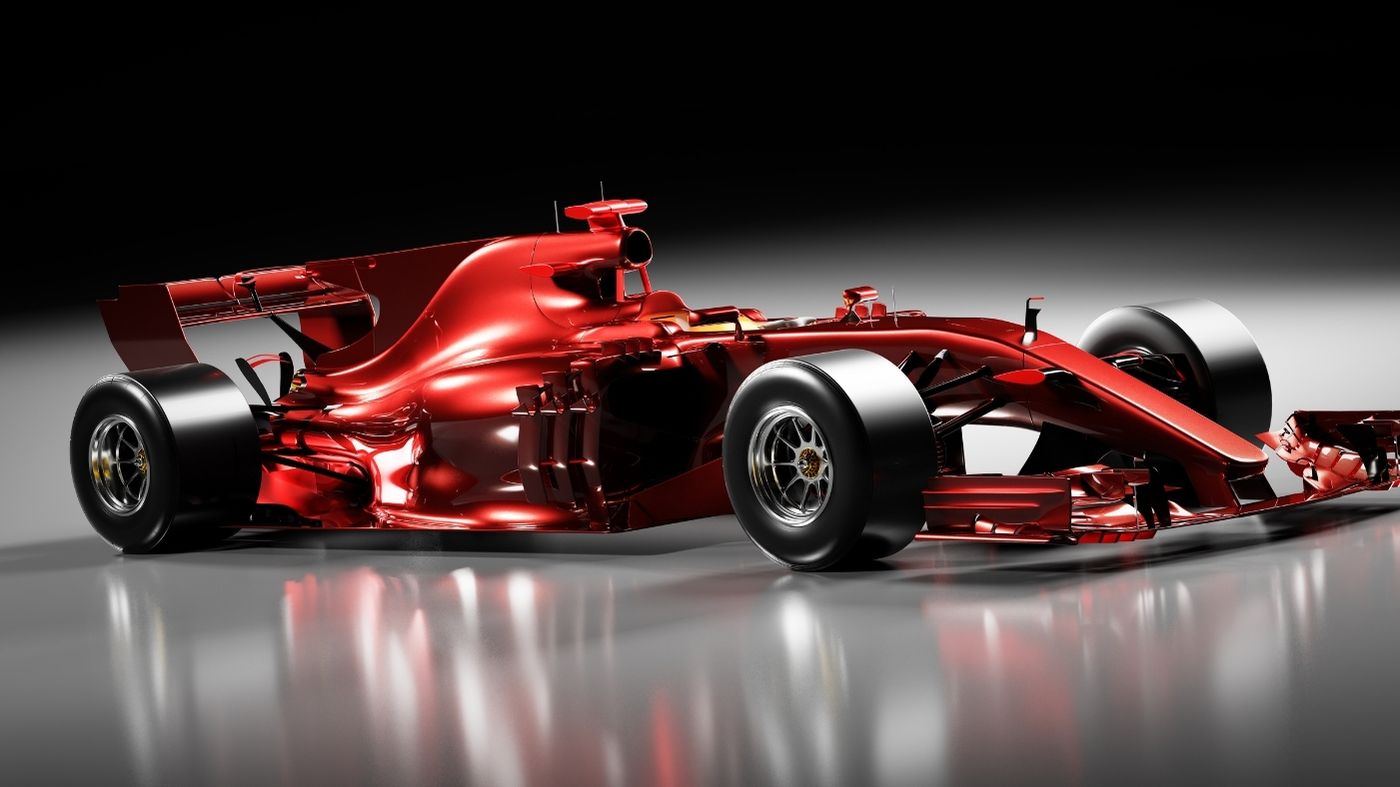Best Sim Pedals for Formula Racing in 2025: Load Cells, Brands & Buying Guide

If you’re chasing tenths like an F1 driver, your sim pedals better keep up. Formula racing demands finesse, consistency, and muscle memory — and your pedal tech can make or break that experience. In this buyer’s guide, we break down the best sim pedals for Formula racing in 2025, focusing on load cell technology, top brands, and what truly matters for precision braking. Whether you’re upgrading from potentiometers or building your dream rig, we’ve got you covered.
For an in-depth comparison of sensor technology, check out our Sim Racing Brake Pedal Sensor Tech blog and our cornerstone piece on F1 tech vs sim hardware.
Why Load Cell Pedals Are Essential for Formula-Style Racing
Load cell pedals measure pressure instead of distance, allowing you to brake by force rather than travel. This mimics how real Formula 1 drivers brake. Benefits include:
- Improved muscle memory
- More accurate trail braking
- Better modulation under high-speed conditions
- Resistance to hardware degradation over time
Compared to potentiometer pedals, load cell systems offer much tighter control — crucial when you’re simulating high-G braking zones like Spa or Suzuka.
Top Sim Pedal Sets for Formula Racing in 2025
1. SimTrecs Pro Pedal GT (Australia)
- Designed specifically for F1 and GT style rigs
- Load cell up to 120 kg
- CNC-machined aluminium with hydraulic feel
- Software-adjustable force curves
- Local support for Australian sim racers
2. Heusinkveld Ultimate+ Pedals
- Used by top esports pros
- 200 kg brake load cell
- Fully modular and highly adjustable
- Compatible with SimHub and MoTeC telemetry tools
3. Meca CUP1 Pedals
- Load cell system with 16-bit resolution
- Realistic resistance with mechanical springs
- Great balance of price and performance
- Good alternative to Heusinkveld for mid-to-high budget builds
4. Fanatec CSL Elite LC
- Budget-friendly entry into load cell braking
- Integrated into Fanatec ecosystem (great for compatibility)
- Ideal for those upgrading from potentiometer sets
Key Features to Consider When Buying
- Max Load Cell Capacity (e.g. 100–200 kg)
- Material Build (aluminium, stainless steel, carbon fibre)
- Adjustability (pedal angle, preload, throw distance)
- Software Integration (SimHub, MoTeC, Fanatec SDK)
- Compatibility (PC vs Console, Simucube vs Fanatec base)
High-end pedals usually offer better configurability and a more tactile experience — closer to real-world Formula cars.
Bonus Tip: Mounting Matters
Formula racing pedals should be hard-mounted to a rig that allows an upright seating position. Rigidity is key. Without a stable frame, you’ll lose braking force and consistency — even with the best hardware.
For more on force dynamics and pedal tuning, read our Sim Racing vs F1 Sensor Tech Guide.
FAQs
Q: Do I really need load cell pedals for sim racing?
A: If you race competitively or care about realism, yes. Load cells offer a massive performance upgrade over potentiometers.
Q: Can I use these pedals with my Xbox or PS5?
A: Some models like Fanatec CSL are console-compatible. Others like Heusinkveld or SimTrecs are PC-focused.
Q: How much force should I apply to a load cell pedal?
A: It depends on the model. Most allow tuning from 50 kg to 200 kg. Start low and increase as you build muscle memory.
Conclusion
Whether you’re simulating Monaco or Monza, the right pedal set is your direct line to performance. Load cell pedals give you the confidence and feedback needed for Formula-style racing. From entry-level Fanatec to elite SimTrecs or Heusinkveld sets, there’s something for every skill level and budget.
👉 Looking to upgrade with precision components? Explore our full range of load cells and sensor systems or contact us for a custom hardware consultation.
